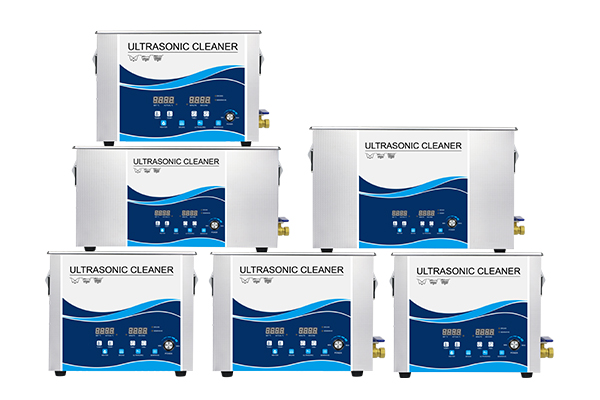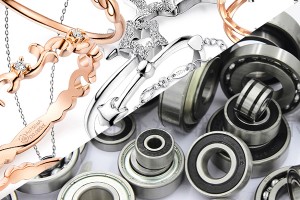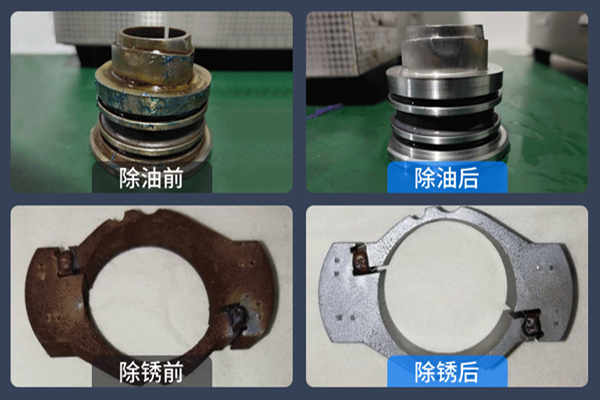Laboratories use a wide range of instruments, many of which are precision devices with complex structures that can be challenging to clean thoroughly. Ultrasonic cleaning, known for its efficiency and non-damaging properties, has become the preferred tool for cleaning laboratory instruments. So, which laboratory instruments are suitable for ultrasonic cleaning?
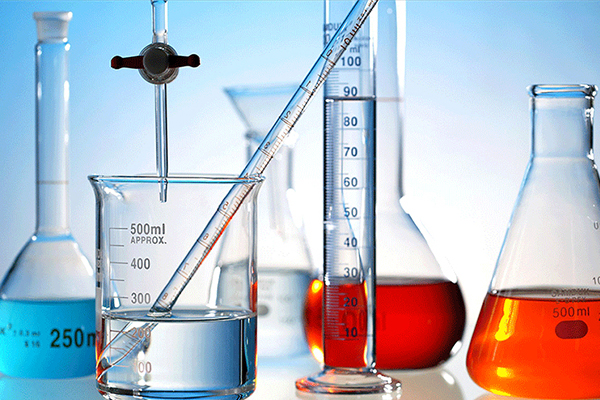
1. Laboratory Instruments Suitable for Ultrasonic Cleaning
1.1 Glassware
Beakers, graduated cylinders, test tubes, pipettes, and burettes are commonly used glass instruments in laboratories. Due to their high usage frequency, residues of reagents often adhere to their surfaces. Ultrasonic cleaning can effectively remove these residues, especially in hard-to-reach areas like the inner walls of cylinders or the bottoms of test tubes.
1.2 Metal Tools
Instruments like tweezers, scalpels, and scissors often accumulate stains or rust due to prolonged contact with samples or reagents. Ultrasonic cleaning removes these contaminants while protecting the tools from damage, maintaining their sharpness and longevity.
1.3 Precision Instrument Components
Items like centrifuge tubes, filters, and small reactor parts are characterized by intricate designs and multiple crevices. Traditional cleaning methods often fall short. The cavitation effect of ultrasonic cleaning ensures these components are thoroughly cleaned, meeting experimental standards.
1.4 Plastic Containers
Items such as centrifuge tubes, reagent bottles, and plastic trays used for sample storage require a gentle cleaning method due to their softer material. Ultrasonic cleaning is well-suited for these plastic containers, offering a thorough yet gentle process.
1.5 Optical Components
Optical devices such as microscope lenses and glass optics benefit from ultrasonic cleaning, which removes dust, fingerprints, and other contaminants without damaging their coatings, ensuring clarity and performance.
1.6 Ceramic and Corrosion-Resistant Materials
Ceramic plates, stirring rods, and corrosion-resistant coated equipment used in laboratories can be cleaned using ultrasonic technology. This method effectively removes contaminants while avoiding potential chemical cleaner-induced corrosion.
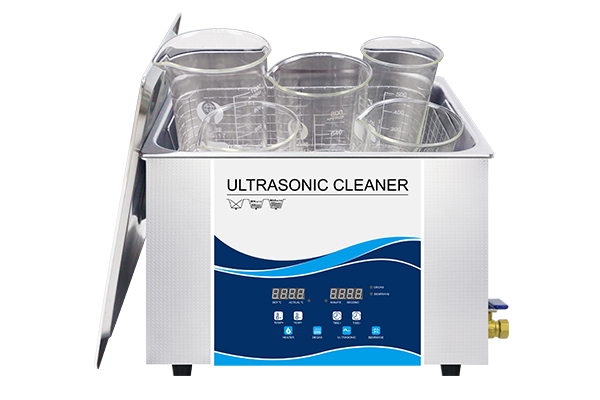
2. Advantages of Ultrasonic Cleaning
2.1 Non-Damaging Cleaning
Laboratory instruments often require high standards of cleanliness and safety. Ultrasonic cleaning achieves thorough cleaning without causing damage to the instruments or equipment.
2.2 Deep Cleaning
Ultrasonic cleaning reaches every corner of an instrument, including dead ends, crevices, and irregular surfaces, ensuring a cleaning standard that meets strict requirements.
2.3 High Efficiency and Energy Saving
Compared to manual or other traditional cleaning methods, ultrasonic cleaning can handle multiple instruments simultaneously, significantly reducing cleaning time and saving water and labor resources.
2.4 Environmentally Friendly and Safe
Ultrasonic cleaning requires minimal cleaning agents, and in some cases, deionized water is sufficient. This greatly reduces the usage of chemical cleaners and minimizes environmental pollution.
3. Precautions When Using Ultrasonic Cleaning for Laboratory Instruments
3.1 Choosing the Right Cleaning Agent
For specific contaminants like oils or organic residues, select a neutral or mildly alkaline cleaning agent as needed to enhance cleaning effectiveness without damaging the instruments.
3.2 Controlling Cleaning Temperature
Different materials have varying tolerance to heat. It is recommended to keep the cleaning solution temperature between 40-60°C to avoid adverse effects on glass or plastic instruments.
3.3 Adjusting Cleaning Time
Cleaning time should be set based on the stubbornness of the contaminants. Typically, 5-10 minutes is sufficient to ensure cleanliness without exposing delicate components to prolonged vibrations.
3.4 Post-Cleaning Procedures
After cleaning, rinse the instruments thoroughly with clean water to remove any remaining cleaning solution. Dry them naturally or use dedicated tools to prevent water stains from affecting subsequent use.
Conclusion
Laboratory Ultrasonic Cleaning technology offers an efficient, safe, and environmentally friendly solution for cleaning laboratory instruments. From common glassware to precision components, nearly all laboratory instruments can benefit from this method. Utilizing ultrasonic cleaning devices properly not only enhances experimental efficiency but also extends the service life of instruments, making it an indispensable tool for modern laboratories.

